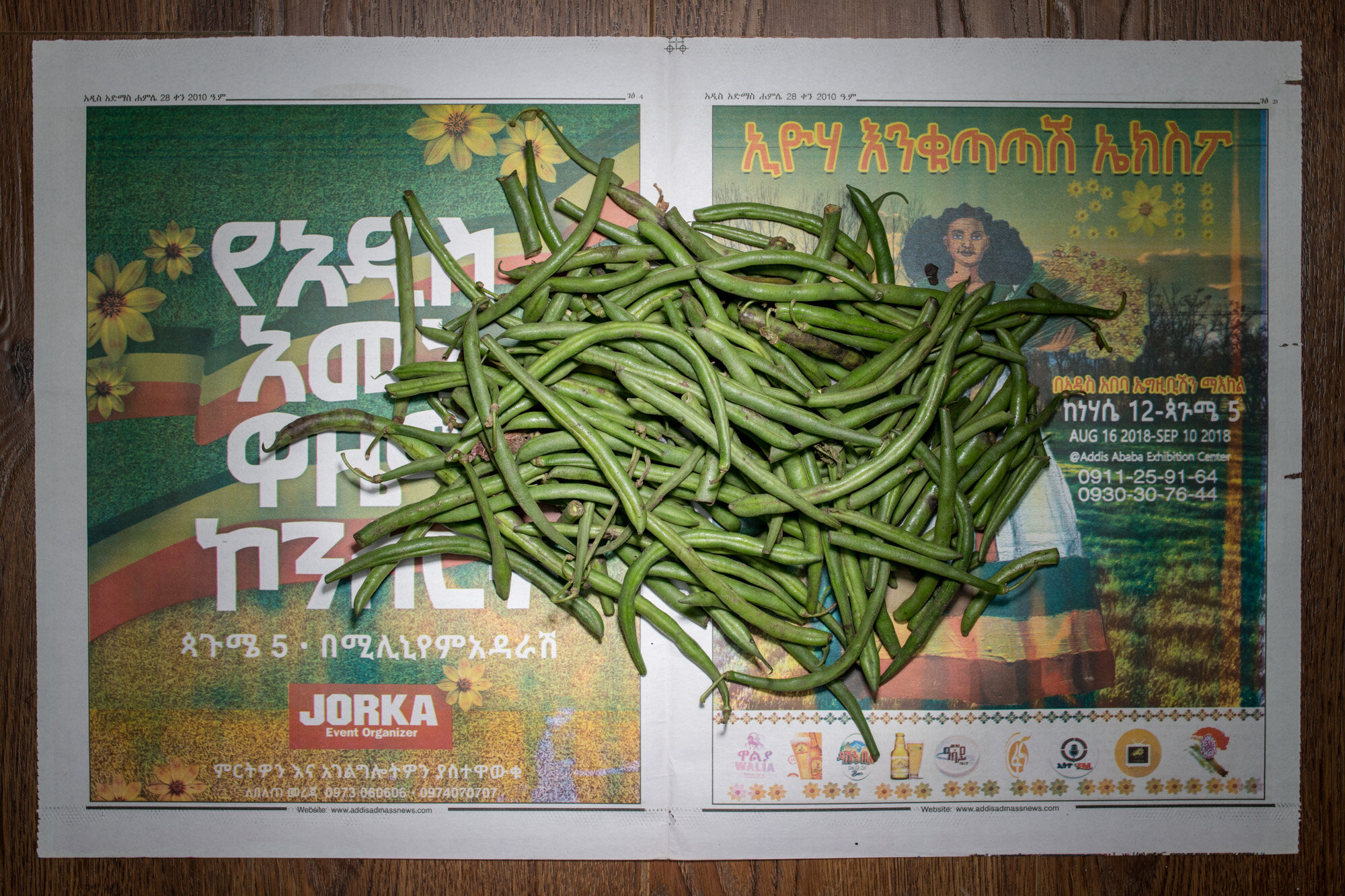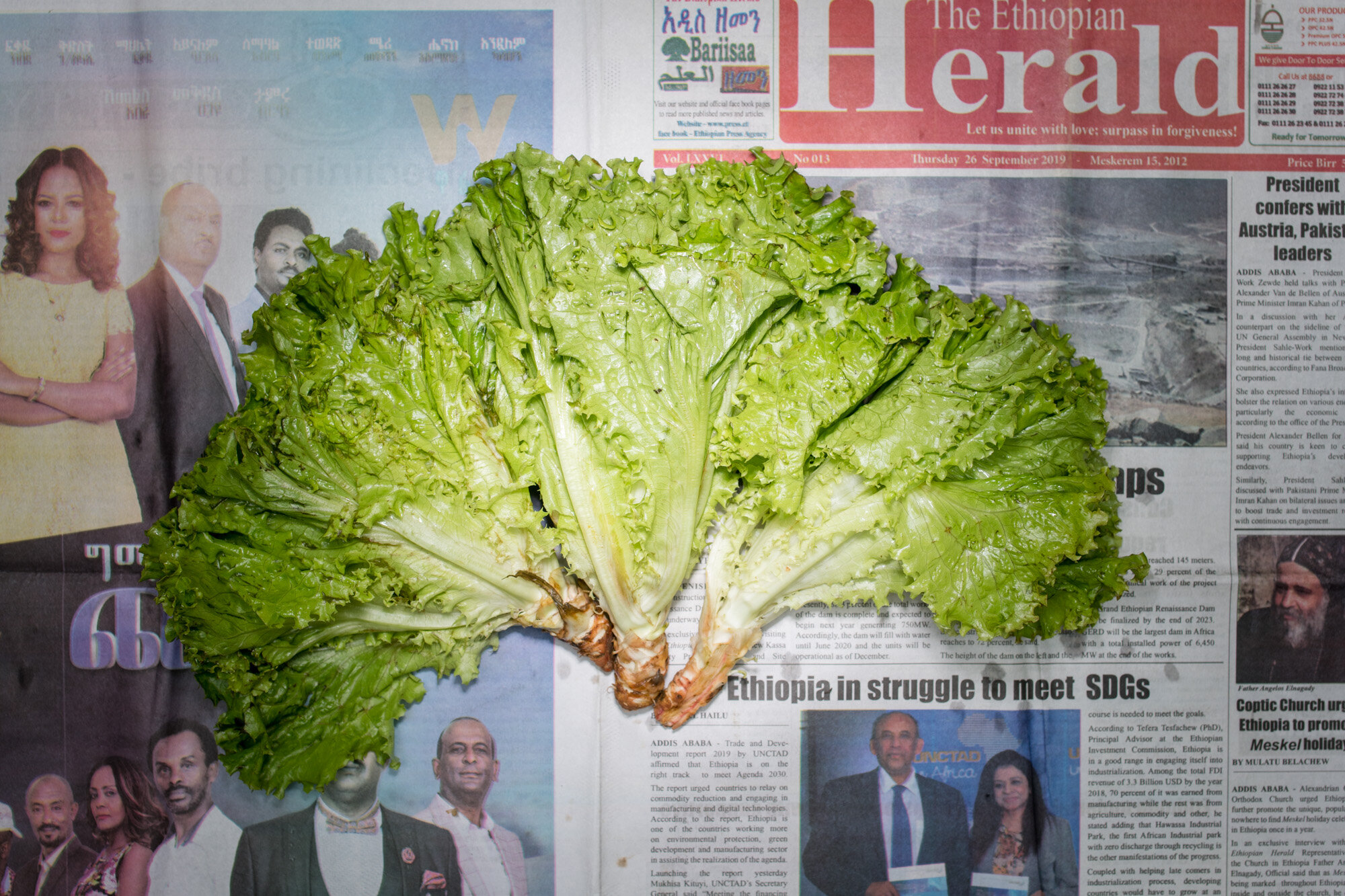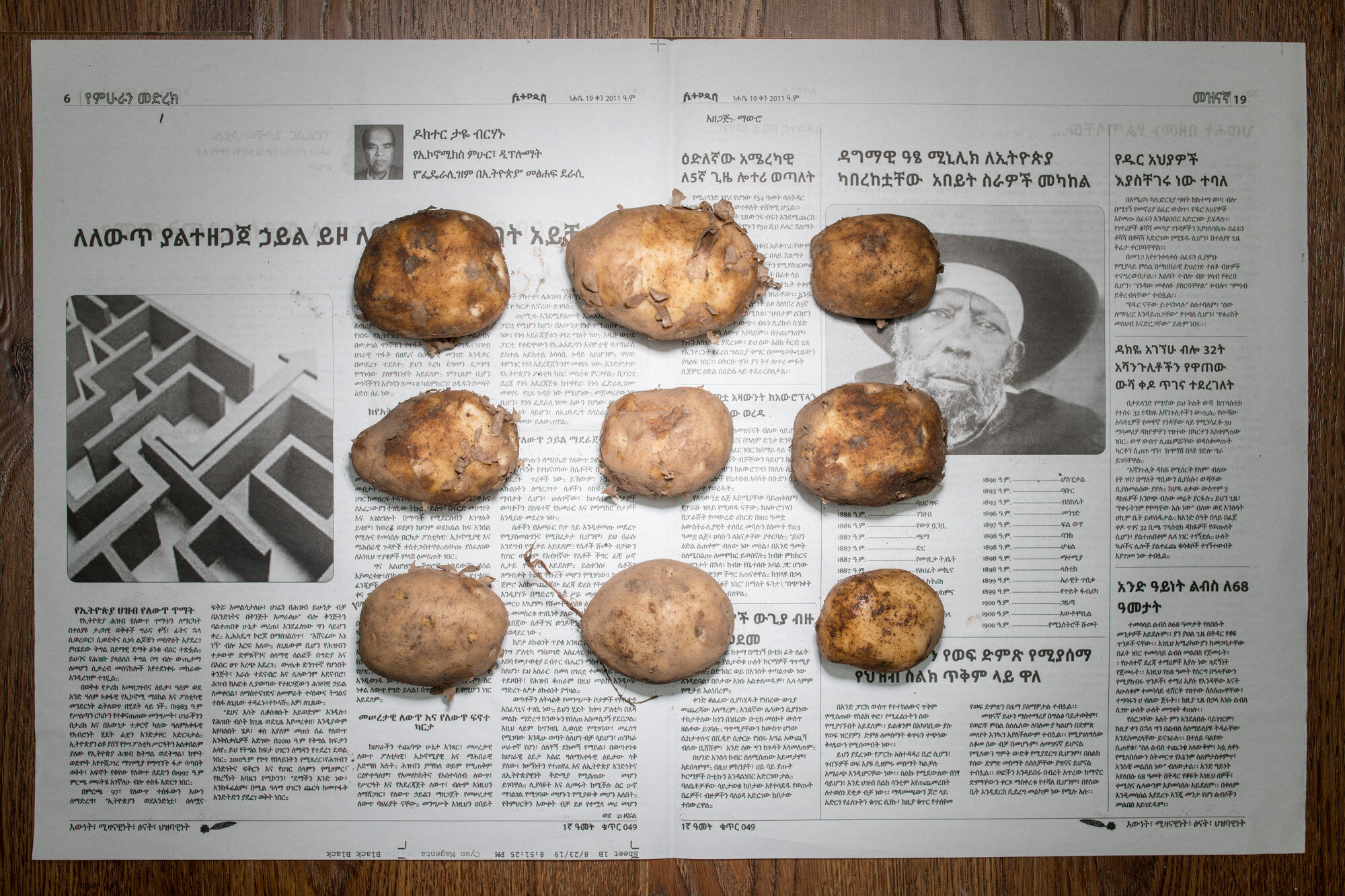Ethiopia
Addis Ababa | October 2019
ETB 19.7 (USD 0.67, EUR 0.60).
This is based on Ethiopia's national absolute poverty line for 2015/16 (latest available as of Sep 2019).
Absolute poverty is measured by comparing a household’s consumption per adult equivalent to the national poverty line, set at 7,184 Birr in 2016. The poverty line indicates the minimum money required to afford the food covering the minimum required caloric intake and additional non-food items. The headcount index of absolute poverty decreased from 44.2 percent in 2000 to 23.5 percent in 2016 (a decrease of 46.8 percent).
Differences in level of absolute poverty were observed across regions (Table 6.1). In 2016, Tigray (27 percent), Beneshangul-Gumuz (26.5 percent), Amhara (26.1 percent), Oromia (23.9 percent), and Afar (23.6 percent) marked higher poverty headcount index than the figure at national level. The three dominantly urban administrative areas of Harari (7.1 percent), Dire Dawa (15.4 percent), and Addis Ababa (16.8 percent) registered the lowest level of poverty. Poverty incidence in rural Ethiopia (25.6 percent) was significantly higher than urban Ethiopia (14.8 percent).
The food poverty line, which is estimated based on the cost of a bundle of food that gives a minimum daily caloric requirement (2200 Kcal), was set at 3772 Birr per year per adult person in 2016. One out of four individuals in Ethiopia is unable to meet the cost of buying the amount of calories sufficient to meet recommended daily calorie requirements. Food poverty is substantially higher in rural Ethiopia (27.1 percent) as compared to that of urban Ethiopia (15.2 percent). Tigray, Afar and Amhara have the highest proportion of food poor. In most of the regions, the level of food poverty is slightly higher than the level of absolute poverty. This may suggest that much of the persistent poverty in Ethiopia is triggered by lack of sufficient food at household level. Between 2000 to 2016, food poverty marked 40.8 percent reduction at national level. Relatively faster pace of reduction of food poverty was observed in Harari (about 81 percent), Gambella (about 70 percent), Addis Ababa (59.8 percent), Ben-Gumuz (57.1 percent), Dire Dawa (55.8 percent) and SNNP 55.2 percent). Registering just 3.7 percent reduction in food poverty, Amhara region fared the least performance over the stated period.
Understanding More
Ethiopia’s Progress Towards Eradicating Poverty
Complexities and dynamics of rural poverty in Ethiopia: 1996- 2016





